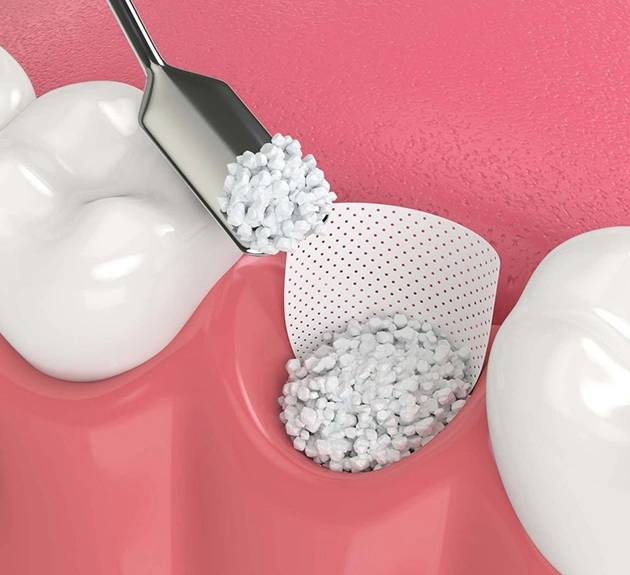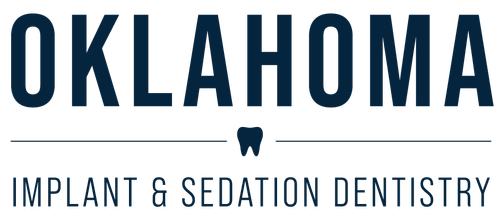Pay Online

Solution for Insufficient Bone Structure
Dental bone grafting is necessary when there is insufficient natural bone in the mouth to support dental implants. This deficiency can be caused by developmental defects, gum disease, face injury or trauma, or empty space after teeth were removed.
There are several types of dental bone grafts. These are typically just called dental bone grafts, or sinus bone grafts, or sinus lifts. The best solution depends on the extent and location of the damage.
Dental bone grafts are a fairly common procedure, they are safe and a great long-term solution for someone who has lost a tooth due to periodontal disease, injury, or another type of dental or mouth infection.

